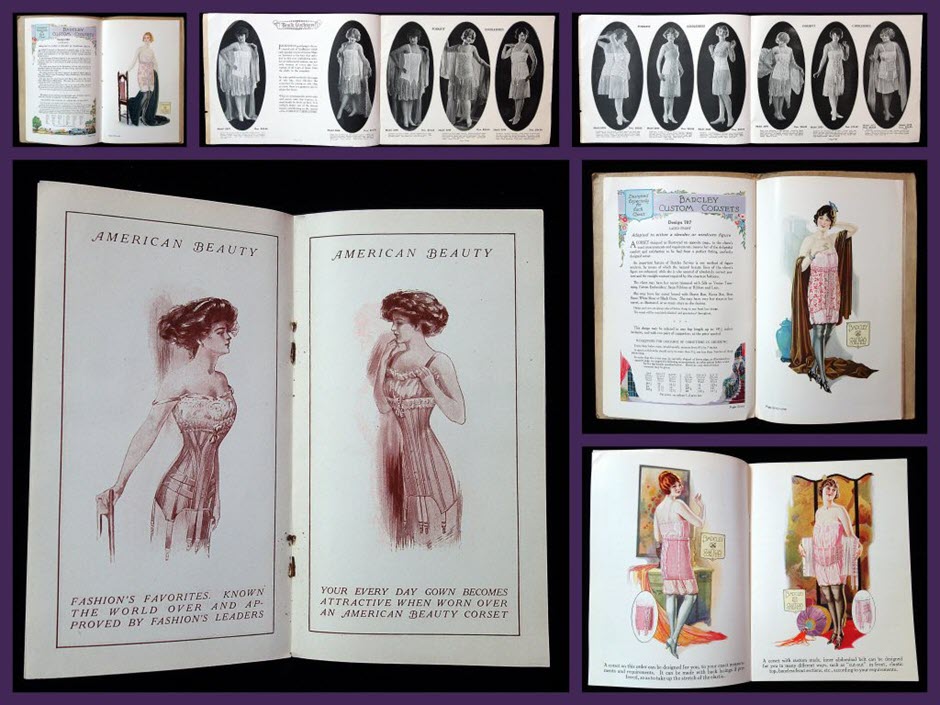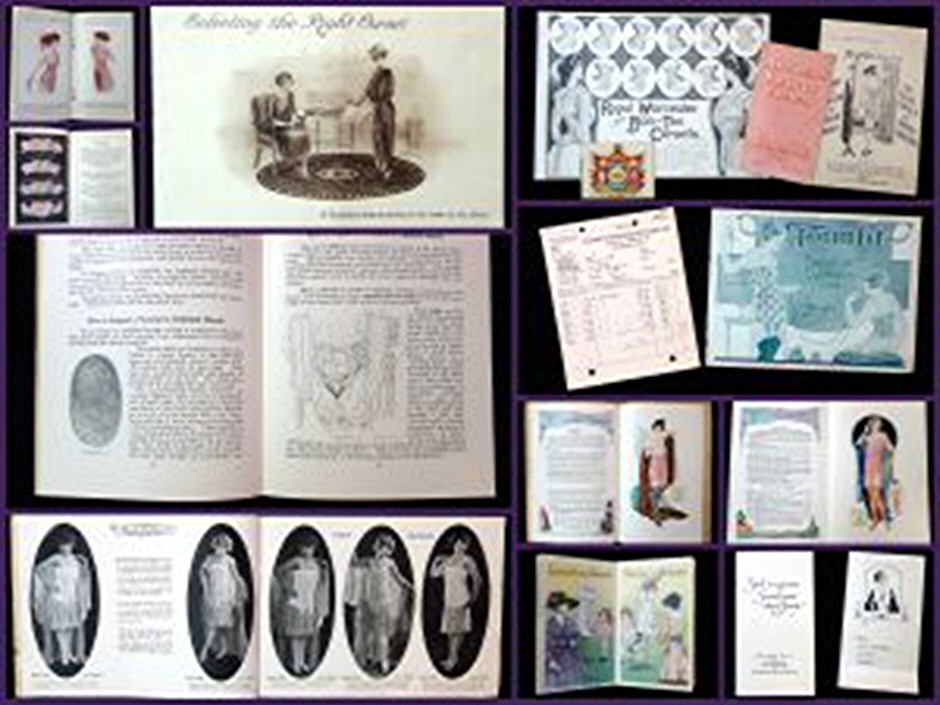Corsets – The Evolving Shape of the Women 1900-1920s
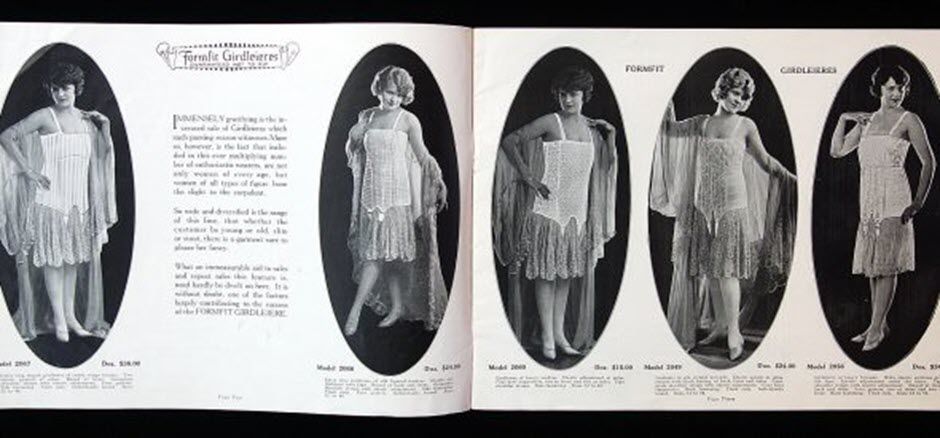
The objective of corsets was to improve on the body type of every woman. Emphasis was on the waist. By the 1880s the corset had become an elegant and desirable object in a woman’s wardrobe with much attention paid to its design and execution. Corset makers and manufacturers took great pride in promoting excellent fit in ready-to-wear garments.
The 1890s saw a change in woman from the pampered Victorian Lady to a more adventuresome woman, seen doing things only men had done in the past. Women were riding bicycles, driving automobiles and playing active sports. Fashions began to change to accommodate new activities. To that end women’s foundation garments began evolving as well. The Victorian hourglass bone corset was taking on a new shape with the drop waist and slight hip sway; more about comfort and flexibility.
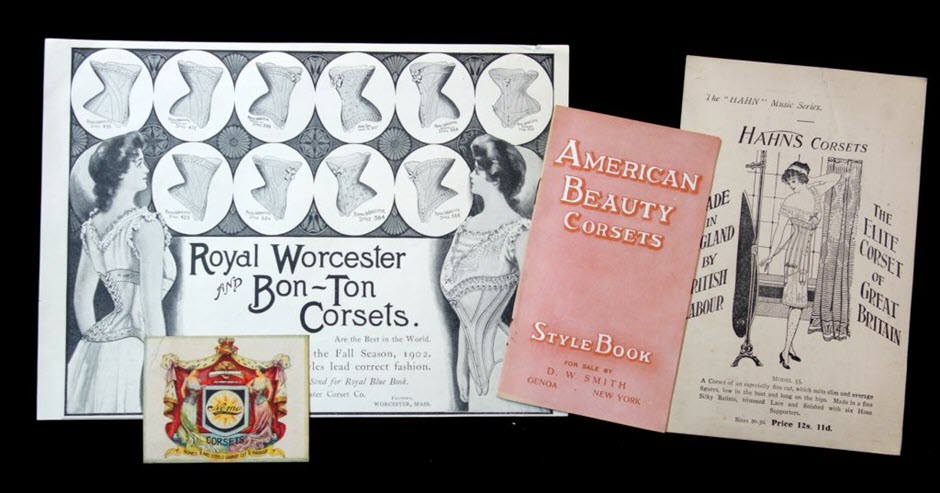
The 1900s brought Royal Worcester and Bon- Ton Corsets promoting “Princess Hip”. The Style Book for American Beauty Corsets proclaiming “A right fitted corset becomes an unconscious part of a woman” and assuring that “boning materials, corset clamps, hose supporters, trimmings are carefully selected”.
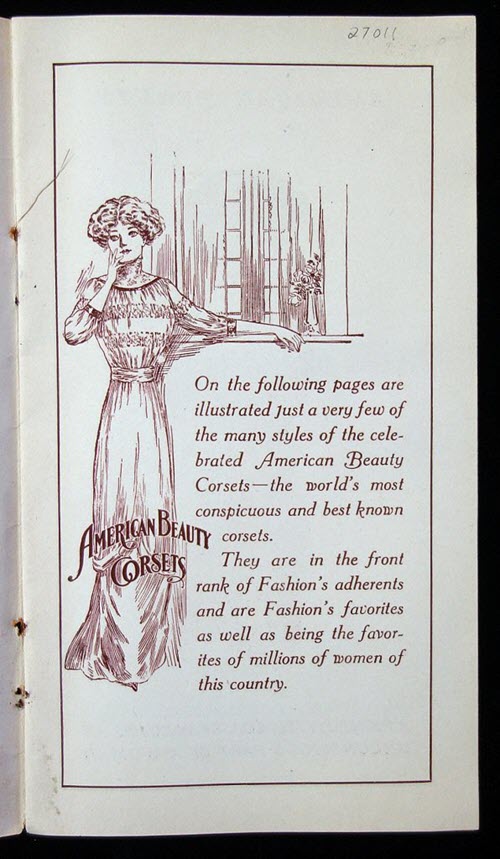
At the St. Louis World’s Fair in 1904, a Nemo Corsets ticket depicts two statuesque women flanking a Nemo sign with a caption “Bones and Steels cannot cut through” The reverse promotes Nemo Court – a beautiful exhibit of Nemo Corset Specialties and a lecture series. A British company, Hahns Corsets presented a music series of various national anthems with promotion for their corsets on the reverse—”Made in England by British Labour—The Elite Corset of Great Britain”.
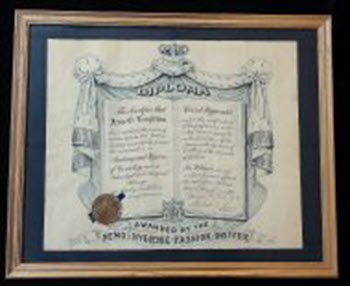
In the 1910s corsets became a “serious” business. The Ferris Bros Co in New York had a billhead putting corsets in the fore with an image from a photograph of a woman dressed in a corset or waist. It also brought the advent of the Corset Hygienist certified in the Anatomy and Hygiene of Corsetry and in individual and surgical fittings—awarded by the Nemo Hygienic-Fashion Institute.
There were also regional and state-specific Corset Clubs comprised of traveling corset salesman as evidenced in the Empire State Corset Club Banquet in Rochester, 1916. In 1917, Warner introduced its Rust Proof corset as seen in the lady’s pocket calendar catalog.
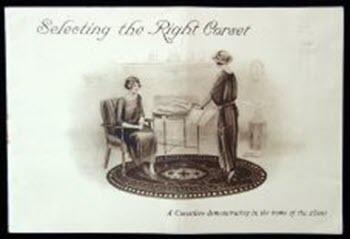
The 1920s brought more customization for beauty and comfort and heightened emphasis on the medical benefit of corsets. Spirella presented a booklet titled “Selecting the Right Corset” with a Corsetiere demonstrating careful measurement, scientific methods for corset selections plus the famous Spirella stays and the introduction of the Spirella brassieres (brassieres invented in France in1889, first patented in the US in 1914).
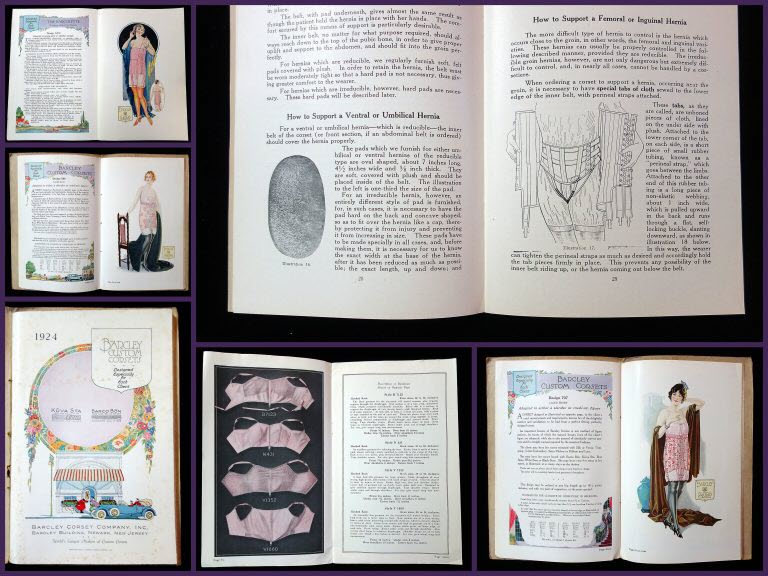
Nemo Corsets sought the endorsement of Dr. Adolf Lorenz, Professor, University Vienna, an orthopedist specializing in bone deformities. His testimony proclaimed Nemo’s corsets important to women due to “their prophylactic, curative and corrective properties in giving relief to the contained abdominal and pelvic organs”.
In 1924 Barcley Custom Corsets promoted luxuriousness and the perfect corset boning, as presented in a 94 pp full-color catalog accompanied by a supplement booklet. That year they introduced the Barcolette, a custom made, corset-brassiere. Barcley corsetiers were provided with 112 pp instruction booklet a supplement on maternity corsets and a secondary 64 pp booklet on surgical corsetry. Their final 23 pp booklet for the year, promotes their Wyra Bone accessories showing bandeaux, brassieres, corsieres, diaphragm reducers, and other accessories.
For the Spring and Summer of 1924 Formfit Duo Girdleiere produced a 20pp catalog with emphasis on the new Brassiere Department showing images from photographs of coquettish models wearing various lines including fancy type, staple brassieres, longline models, soft top girdleieres and much more. This particular company was focused on glamour as demonstrated by a billhead from 1925.
Spencer Corsets produced an 11 pp booklet titles ‘Style is a greater Social asset than Beauty” – a message for the slender girl – the stout woman & the woman who has reached thirty including images from photographs and advise for each group. They also produced “You are Looking Lovely Today!” promoting the Spencer bandeau moving on from corsets…
What will the 1930s bring?
